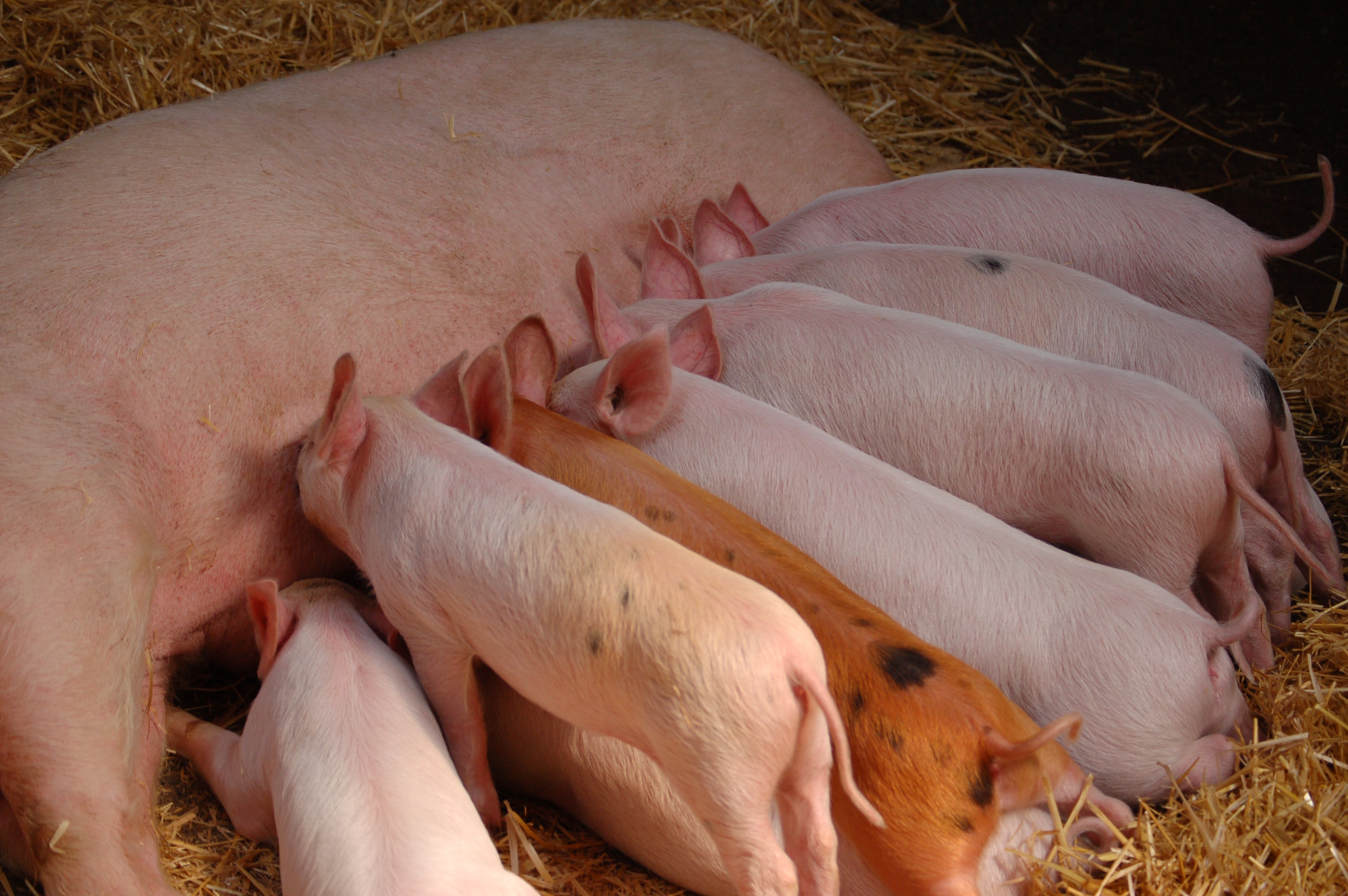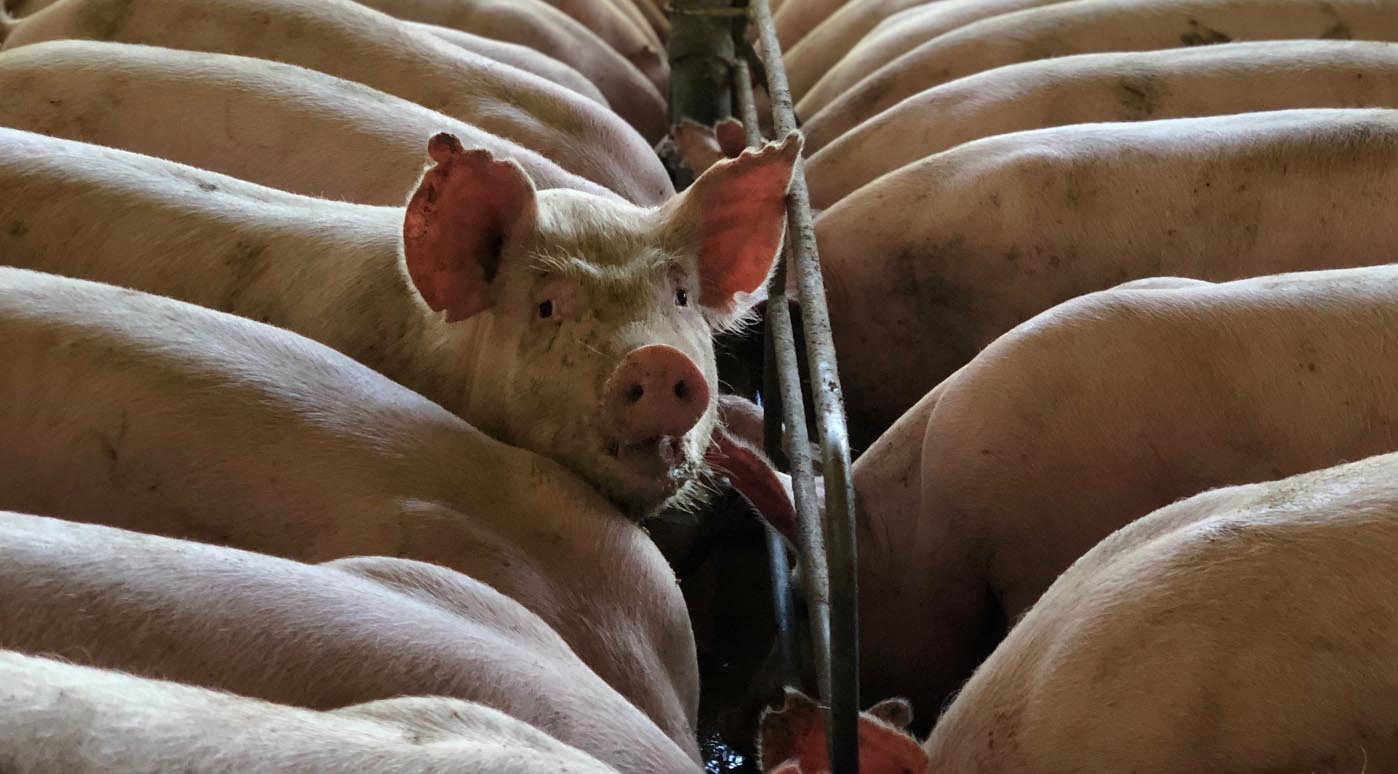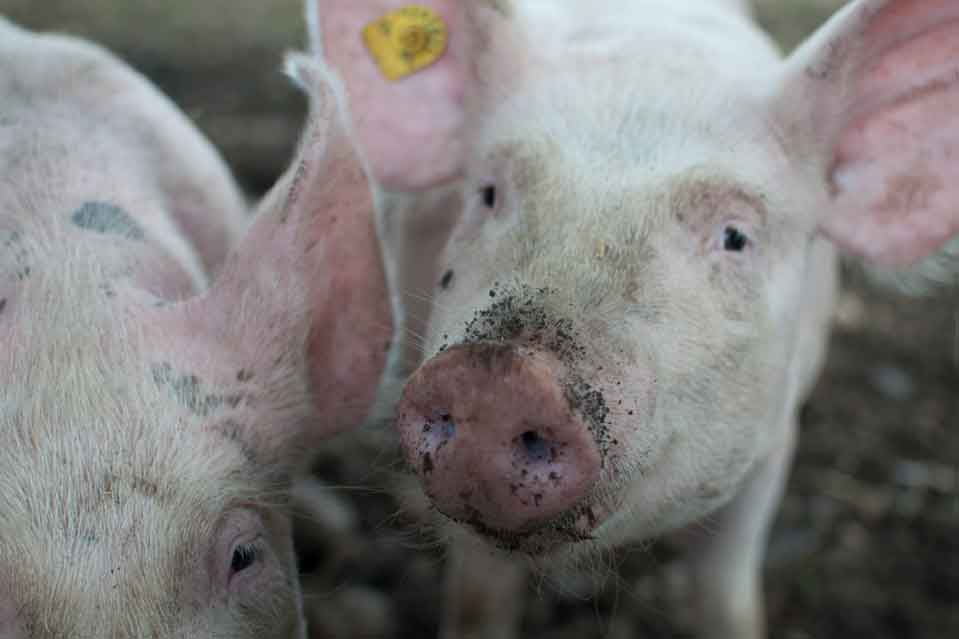China has massive pig farming volume and tremendous production inertia as a giant pig producer. The regulation of China’s live hog industry is like driving a truck with a heavy load. There is no way to start quickly when you want to move and brake immediately when you want to stop.
In September 2021, the Ministry of Agriculture and Rural Affairs (MARA) of PRC issued the “Implementation Plan for the Control of Live hog Production Capacity (Interim),” establishing a counter-cyclical control mechanism for live hog production with the “breeding sows’ inventory” as the core control indicator.

Meanwhile, it proposed that the regular inventory of national breeding sows be stabilized at about 41 million. According to their inventory fluctuation, it outlined three early warning areas of red, yellow, and green and the corresponding control measures. The control responsibilities are implemented at different levels.
The policy mentioned above ensures that the regulation of pig production capacity is linked with the regulations of frozen pork reserve already carried out before. This forms a synergistic regulatory mechanism between the production and market sides.
After more than half a year of practice, the capacity regulation initially paid off. Since July 2021, the national breeding sows’ inventory has been orderly adjusted. The number of breeding sows was reduced by nearly 3 million in 8 months. The national breeding sows’ inventory at the end of February was 42.68 million, equivalent to 104.1% of the regular inventory of 41 million, which is in the regular green area. If the breeding sows’ inventory is stable, there will be little chance of big ups and downs in future production.
“At present, favorable conditions for alleviating the phased supply surplus are accumulating.”
The person in charge of the Animal Husbandry and Veterinary Bureau of the Ministry of Agriculture and Rural Affairs said that since September last year, the number of newborn piglets on large-scale pig farms across China has continued to decline. The monthly average number of newborn piglets fell to 31 million in February, down 3.7 million from the peak month in September last year.
There is a farming cycle of around 6-month for pigs to go to market, indicating that the fattening pigs’ volume will drop significantly in May.
In terms of pork importation, the industry generally expected the average monthly pork imports would be around 200,000 tons in the first half of this year, equivalent to half of the average monthly imports of 384,000 tons in the same period last year.
As the preserved cured pork is gradually consumed and pulled by holidays such as May Day and the Dragon Boat Festival, pork consumption will be seasonally increased. This will also alleviate the pressure of overproduction to a certain extent.
Based on the above analysis, pig farming losses will likely be reduced after May. Pig farming is expected to turn losses into profits around July.
Next, the Ministry of Agriculture and Rural Affairs will strictly implement the requirements of the “Implementation Plan for the Control of Live Hog Production Capacity (Interim),” focusing on four aspects:
- First, strengthen early warning by continuously tracking and monitoring the monthly stock information of live hogs and breeding sows. Also, make more voices during critical periods, strengthening the information release which will guide farmers to sell fatting pigs and stop hoarding them in March-April when the market supply is sufficient.
- Second, stabilize production capacity, focusing on the regular inventory of breeding sows. Also, urge regional governments to take the general responsibilities. This includes the timely introduce local temporary subsidies and relief measures according to market changes while strengthening coordination with the frozen pork reserve policy and forming a joint force in regulation.
- Third, stabilize policies’ consistency and urge local governments to maintain the stability of long-term support policies. This includes land, finance, and environmental protection, completely eradicating capricious policies, stabilizing industry expectations, and strengthening industry confidence.
- Fourth, prevent epidemic disease by strengthening the normalized prevention and control of African Swine Fever. This includes enhancing the supervision of quarantine, transport, slaughter, etc., solidly promoting regional prevention and control, and coordinating the construction of grass-roots animal epidemic prevention systems. Also, work to prevent the situation of stable production and supply of live hogs from being disrupted by severe regional animal epidemics.



